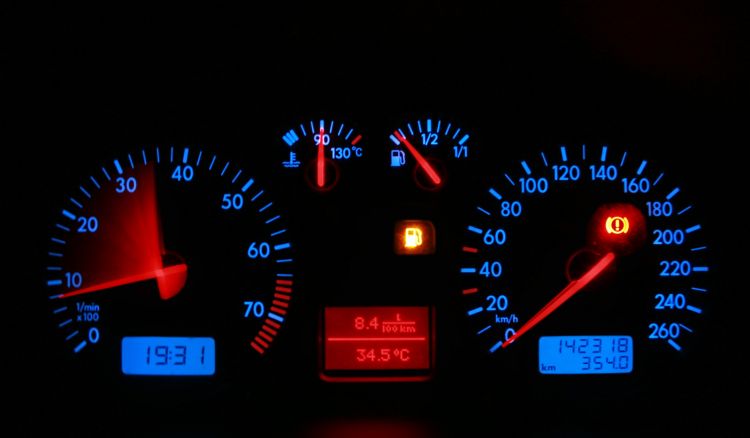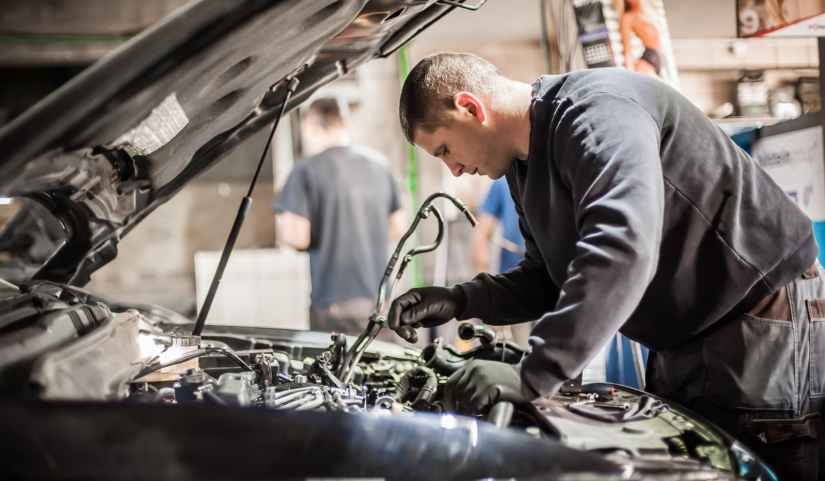Maintaining Electric Car Batteries is a lot like those in your laptop or phone when it comes to how to use them properly. The battery pack in your electric car needs to be taken care of so that it lasts as long as possible. Here is what you need to know about charging, how batteries die, and what not to do.
Taking Care Of Electric Car Batteries
Your phone might not be as useful in a few years. But an Electric car can last 15 years. And the battery pack will last even longer. You can think of your EV battery as a place to store a lot of energy. It sends electricity to the motor and other parts to run them. Taking care of Electric Car Batteries is very important.
Charging An Electric Car
You can charge your Electric Car in three different ways. For level 1 charging, you can plug your car into any normal 120-volt wall outlet, like you would a toaster or blender. To fully charge your electric car at level 1, it takes about 12 hours. A charger and port with 220 volts are used for level 2 charging. The machine in your home runs on 220 volts.
A plumber can put in a Level 2 charger in your garage, and it will cut the time it takes to charge in half. Many public EV chargers offer Level 3 charging. Which is also known as DC Fast Charging. This type of charging is fast. It charges at 480 volts direct current and takes about 30 minutes to charge 80% of the way.
Electric vehicle batteries don’t need any special care. To be honest, they don’t need much upkeep. This is very unlikely that you will ever touch the battery pack in your EV. An electric car usually needs less upkeep than a regular car that runs on petrol because there is no oil to change and no tune-up. With regenerative braking, the electric motor slows you down, which keeps the brake parts from wearing out as quickly.
But how you charge your Electric Car battery over time may affect how long it lasts. There are things you should consider for charging electric car batteries. Being careful about how you use the battery is the most important thing.
Best Practices for Maintaining Electric Car Batteries
It’s best to never charge your EV battery more than 80%. As you charge, the battery pack is subjected to greater stress, approaching a full charge.Adding that last 20% will put a strain on the battery. With new EVs, you can set a charging limit that will help the battery last longer.
Another thing is that you should never let your battery drain all the way to 0% charge. That is just as bad for the cell and the parts. There is a “limp home mode” on most EVs that lets you drive slowly back to your home charger.
If you are travelling and need to charge your EV quickly, you can use a DC Fast Charger. But companies say that Level 3 charging shouldn’t be done every day. Using Level 1 or Level 2 charging to charge your EV overnight while you sleep is much better. The next morning, you’ll have a full tank of power.
Batteries For Electric Cars: Bad Weather Worries
Your electric vehicle (EV) likes it when the weather is mild, just like you do. It will tell your EV’s battery if it is too hot or too cold outside. If you leave your car in extreme weather for a long time, it will lose some of its range. Your car’s range may drop by as much as 40% when it’s very cold outside! To keep your car from freezing or getting too hot, try to keep it in the shed as much as possible.
Battery Wear and Tear
It may have occurred to you that as your cell phone ages, it needs to be charged more often. This is known as “battery degradation.” Your electric car’s battery may lose some of its power over time, but not enough to need to be changed. In normal circumstances, your range will decrease by 5% for every 100,000 miles you drive.
Conclusion
In conclusion, to get the most out of your battery, you should limit the amount of time you use DC Fast Chargers, keep your car at a normal temperature, and speed up slowly. You may put more stress on the parts and shorten the life of your battery if you are a heavy foot.









